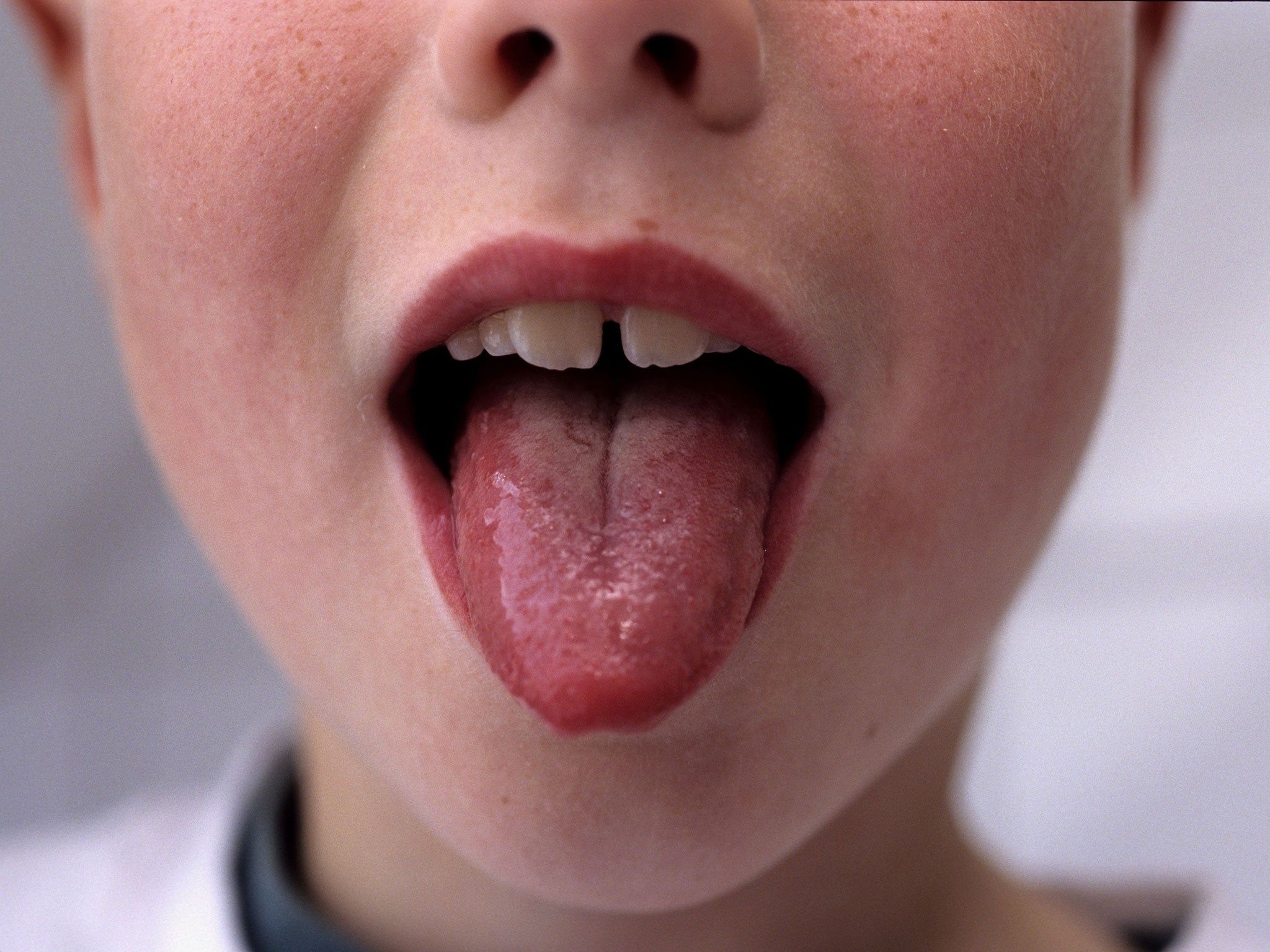Scarlet fever cases hit 50-year high as unexplained epidemic continues
Parents are warned to look out for symptoms in children, especially the signature sandpaper-rough pink rash

Scarlet fever infections hit a 50-year high in England last year, but scientists have yet to identify the cause behind the largest reported spike in a century.
Research published in The Lancet has found that there were 19,206 reported cases of scarlet fever in 2016, the highest level since 1967.
Figures so far in 2017 suggest that new cases might decrease for the first time since 2014, when scarlet fever rates tripled without any known cause. However, it remains too early to tell.
There were 620 outbreaks reported in England in 2016, mainly in schools and nurseries where the infection can be rapidly passed on.
In the past five year Hong Kong, South Korea, China and Vietnam have also reported increases in new scarlet fever cases.
The study's lead author Dr Theresa Lamagni, said there was no clear link to East Asia “but it cannot be excluded”.
“The hunt for further explanations for the rise in scarlet fever goes on,” added the head of streptococcal surveillance at Public Health England, which funded the study and has stepped up monitoring after the 2014 outbreak.
The bacterial infection was a common cause of deaths in childhood in the 1800s. It is now treated easily with antibiotics, but rare cases can have serious complications like sepsis and kidney damage.
Symptoms include headaches and fever alongside the characteristic pink-red rash with a sandpaper like texture, which begins around the stomach area but can quickly spread to other parts of the body. Skin on the face can redden and look like sunburn.
Because it is highly contagious anyone with these symptoms should be kept at home for at least 24 hours after starting antibiotics.
The study also showed that incidence of scarlet fever tripled between 2013 and 2014, rising from 8.2 cases per 100,000 people, or 4,700 case, in 2013 to 27.2 per 100,000 or 15,637 cases in 2014.
This steep increase in infections continued with 30.6 cases per 100,000 in 2015, and 33.2 cases per 100,000 last year, with increases reported in all areas of England.
Despite being more easily treatable the number of patients hospitalised has also nearly doubled, from 703 in 2013 to 1,300 in 2016 which had a “significant clinical and economic effect”, the paper says.
“We describe an unexplained and ongoing resurgence of scarlet fever, which reached the highest levels of disease in 50 years with notifications made for one in 500 children under the age of 10 years in 2014.”
Dr Lamagni said: “Whilst current rates are nowhere near those seen in the early 1900s, the magnitude of the recent upsurge is greater than any documented in the last century.”
“Whilst notifications so far for 2017 suggest a slight decrease in numbers, we continue to monitor the situation carefully.”
There was new guidance on managing outbreaks in schools published last month, and parents are advised to be on the lookout for symptoms.
In a comment piece, which ran alongside the Lancet study, Professor Mark Walker and Stephan Brouwer from the University of Queensland in Australia said causes could be environmental change, or changes in immunity in the UK population.
However there were no conclusive answers yet, and they wrote: “Further research needs to be done to better understand the causes of scarlet fever resurgence.
“Scarlet fever epidemics have yet to abate in the UK and northeast Asia. Thus, heightened global surveillance for the dissemination of scarlet fever is warranted.”
Subscribe to Independent Premium to bookmark this article
Want to bookmark your favourite articles and stories to read or reference later? Start your Independent Premium subscription today.

Join our commenting forum
Join thought-provoking conversations, follow other Independent readers and see their replies